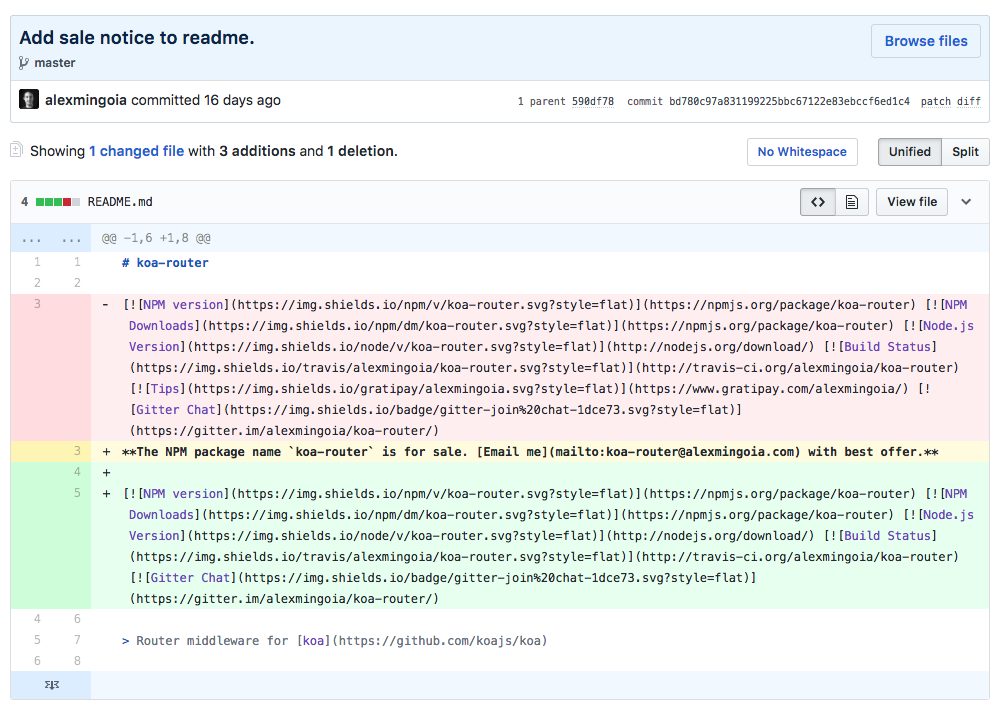npm doesn’t require a repo, and any package with a prepublish build process (read: every Babel user) will correctly have the published package not matching any sha in their git repo.
I’m not sure how we’d be able to do any sort of verification in a consistent and automated way.


Right now, it seems that most maintainers may publish their packages from their local environment. There should be a way to verify what is published against the public source code or specific git sha to maintain transparency of what is being published. Not only will this mitigate out of sync issues or accidents, but will provide greater confidence that additions aren't added as they are published (potentially malicious).
Not sure if this is the best place for this, but after reading through other issues and recent resources I thought I better put this down somewhere. And it brings up the discussion of maintainers permissions to not only package registry, but SCM as well.